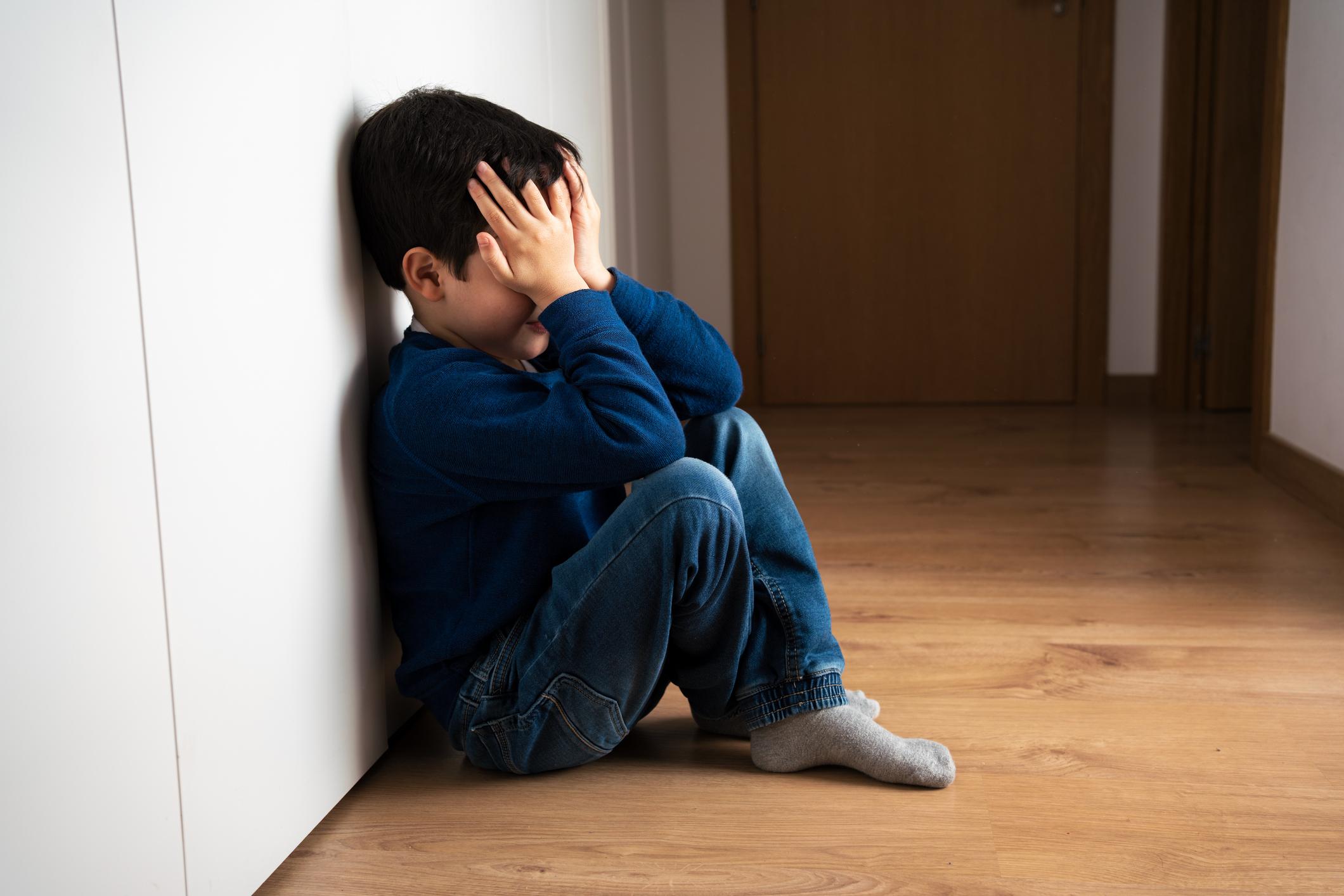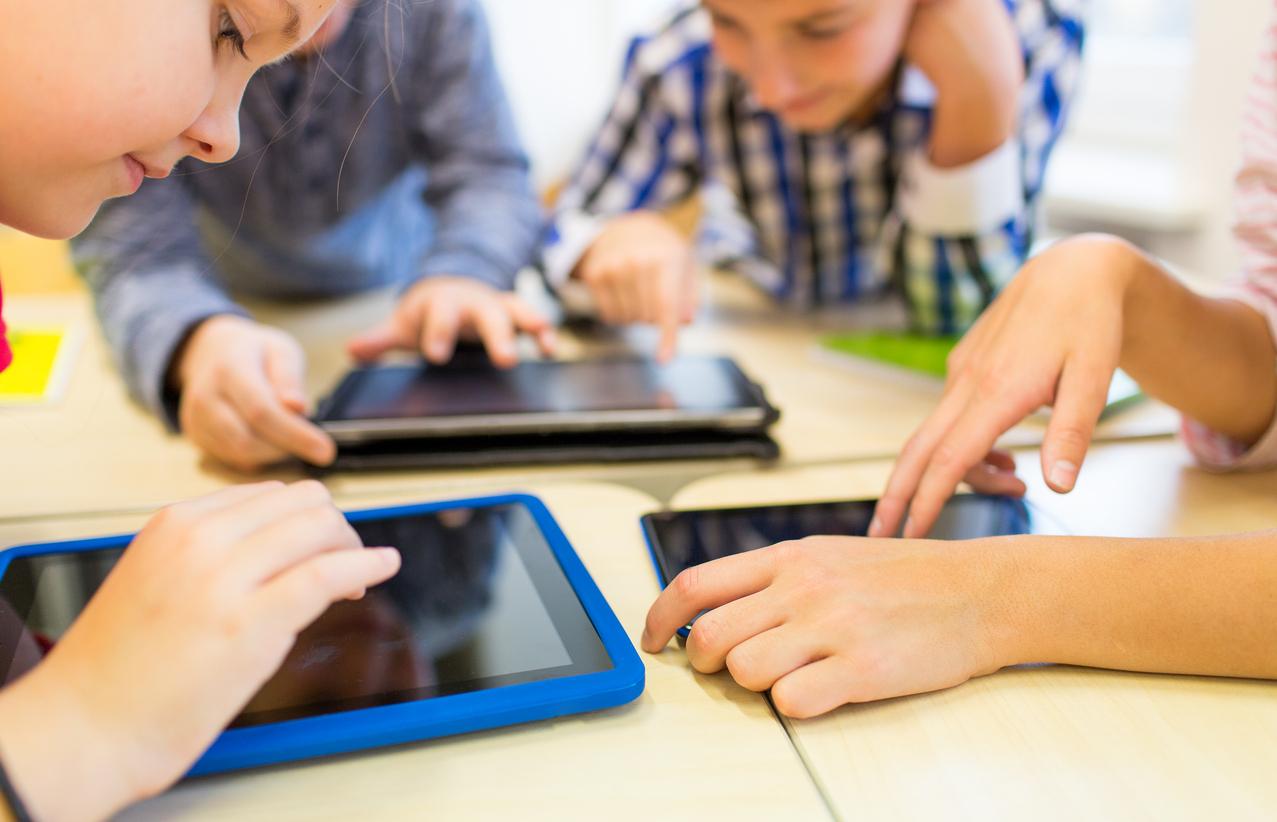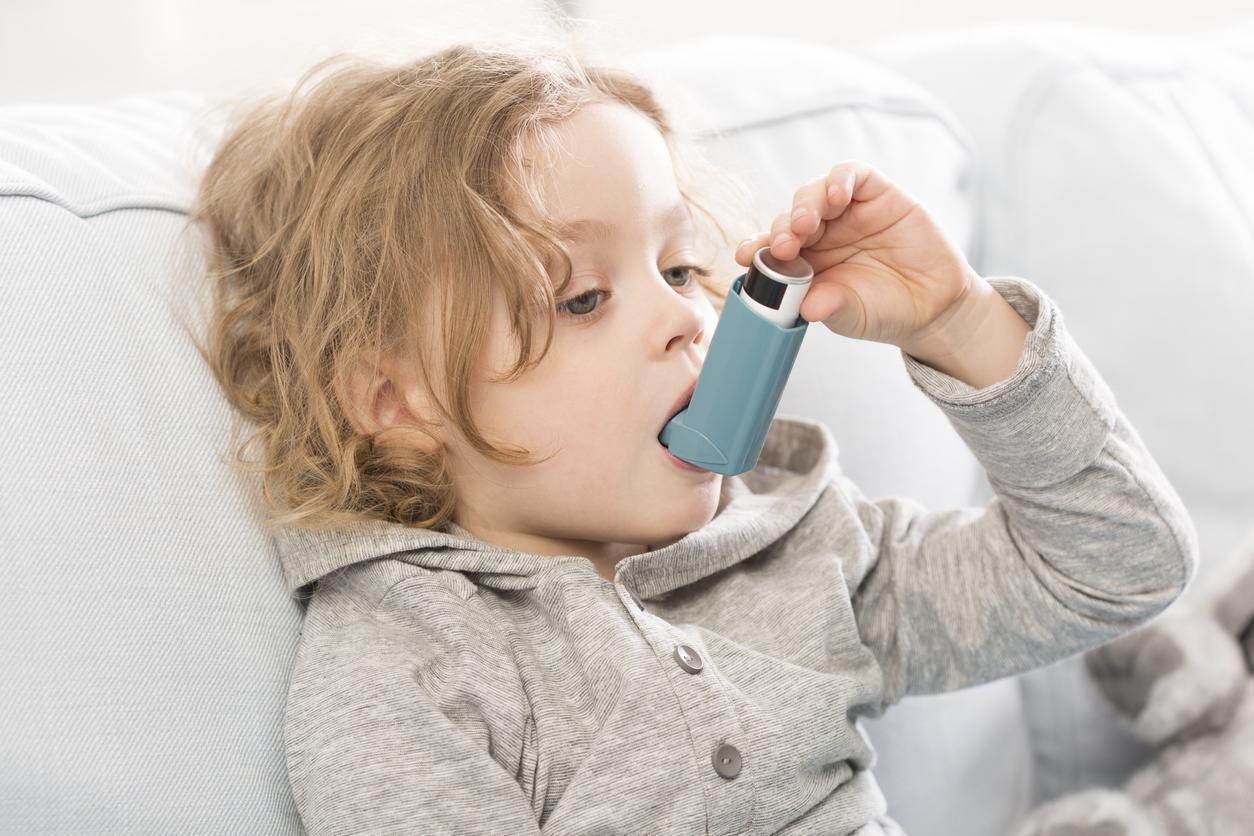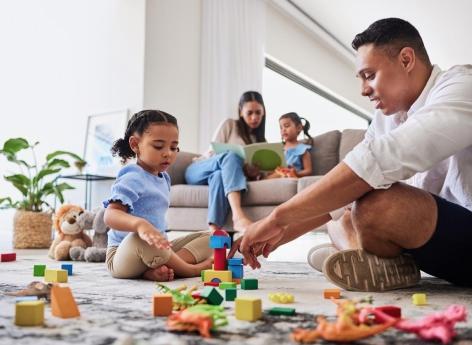Children sometimes have trouble managing their emotions, which can lead to tantrums or crying. But using digital devices and screens to calm them down, while effective, is counterproductive in the long run. Explanations.
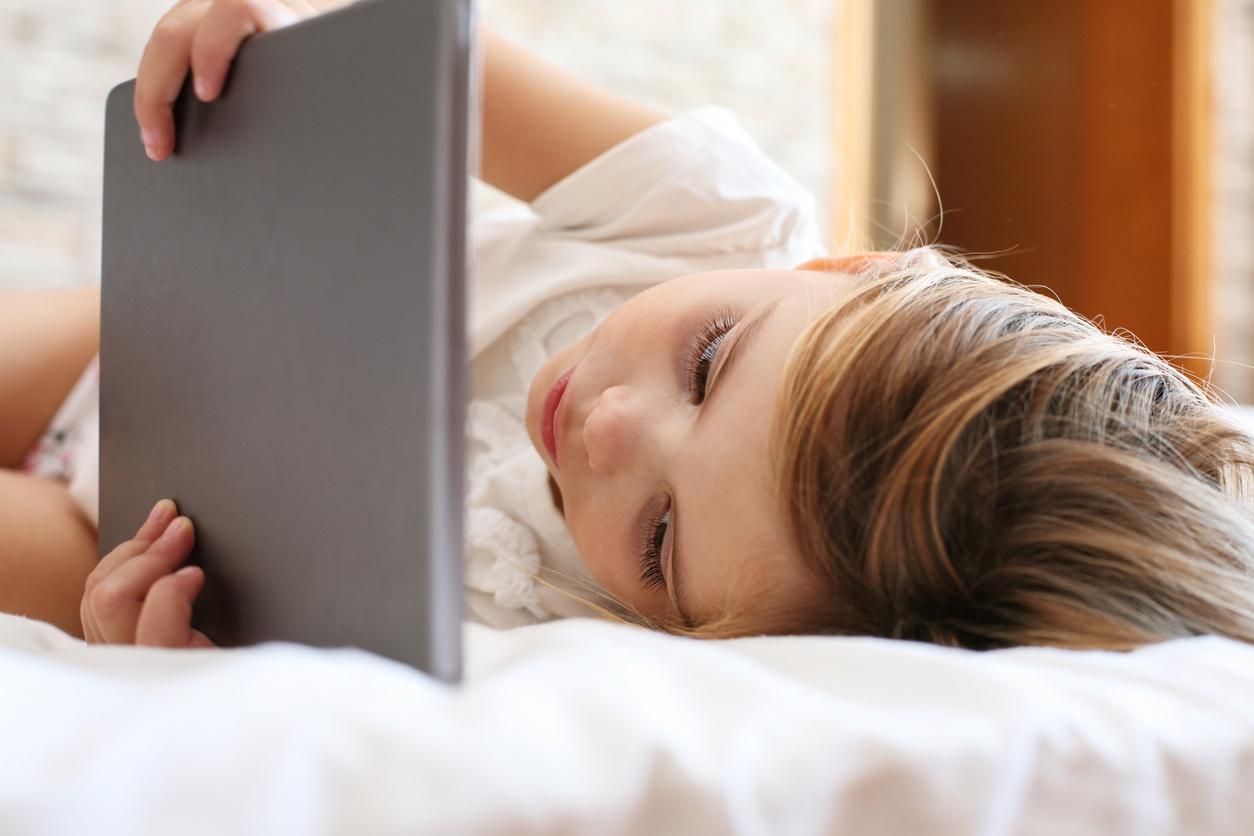
- The study included 422 parents and 422 children aged 3 to 5 who participated between August 2018 and January 2020, before the start of the Covid-19 pandemic.
- Researchers analyzed parents’ and caregivers’ responses on how often they used the devices as a calming tool and compared them with symptoms of dysregulated emotional reactivity over a six-month period.
- Signs of increased emotional dysregulation can include rapid changes between sadness and excitement, a sudden change in mood or feelings, and increased impulsivity.
Attempting to soothe your child during a tantrum or crying fit by putting the phone or tablet in their hands could lead to behavior problems later, according to a new study published in the journal JAMA Pediatrics.
“Long-term consequences if it is a habitual calming strategy”
“Using mobile devices to calm a young child may seem like a harmless and temporary tool to reduce stress in the household, but there may be long-term consequences if it is a calming strategy. usual”says lead author Jenny Radesky, a pediatrician at the University of Michigan Children’s Hospital, in a communicated.
The results of the study suggest that the association between soothing with a digital device and negative emotional consequences was particularly strong in hyperactive, impulsive and strong-tempered young boys and children, making them more likely to react intensely to feelings such as anger, frustration and sadness.
“Our findings suggest that using devices as a way to soothe restless children may be particularly problematic for those who already have difficulty coping with emotions.”explains Jenny Radesky. “The more often the devices are used, the less children and their parents practice using other coping strategies,” she continues.
Alternative solutions to calm your child without an electronic device
Other methods exist to soothe your child and help him better manage his emotions, underlines Jenny Radesky. It recommends three types in particular:
First, the sensory techniques. Each child has their preferences in this matter depending on their personality, but this may include rocking, cuddling, jumping on a trampoline, crushing putty in their hands, listening to music or looking at a book. If you see your child getting upset, channel that energy into body movements or sensory approaches, advises the pediatrician.
Then name the emotion and what to do about it: When parents label what they think their child is feeling, they are both helping the child connect language to emotional states, but they are showing also to the child that they are understood. The calmer parents can stay, the more they can show children that emotions are “mentionable and manageable”says Jenny Radesky.
Effective replacement behaviors for managing emotions
Another recommendation from the pediatrician: use colored areas. When children are young, they have trouble thinking about abstract and complicated concepts like emotions. Colored areas (blue for bored, green for calm, yellow for anxious/restless, red for explosive) are easier for children to understand and can be turned into a visual guide.
Finally, concludes Jenny Radesky, suggest alternative behaviors: this can include teaching strategic stress relief (explaining that “hitting hurts people; hit that pillow instead” for example) or clearer communication (for example a phrase like “if you want my attention, just pat my arm and say ‘excuse me, mum’).
“All of these alternative solutions help children understand themselves better and feel more competent to manage their feelings”she points out.










